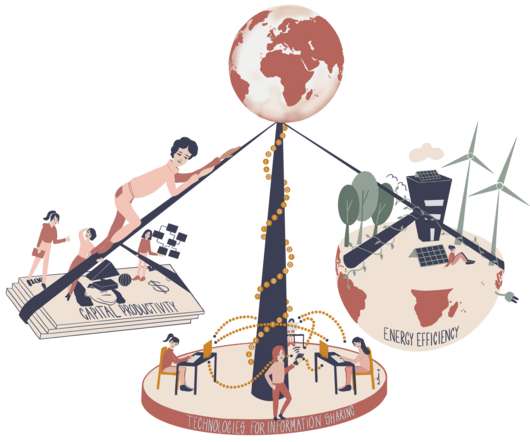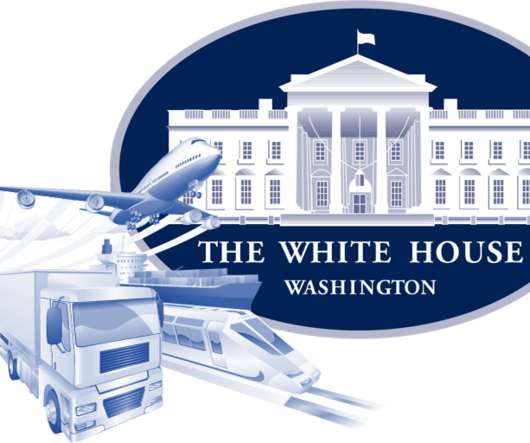COP26: 5Zs that changed the world
The Logistics & Supply Chain Management Society
DECEMBER 21, 2021
Even with all new Glasgow pledges for 2030, we will emit roughly twice as much in 2030 as required for 1.5 In respect to logistics and transport something remarkable happened at COP26. The first Z – Zero emission road transport: Global MOU for ZE-MHDVs . Part 1–Defining the moment. Most of this, 45.1
















Let's personalize your content